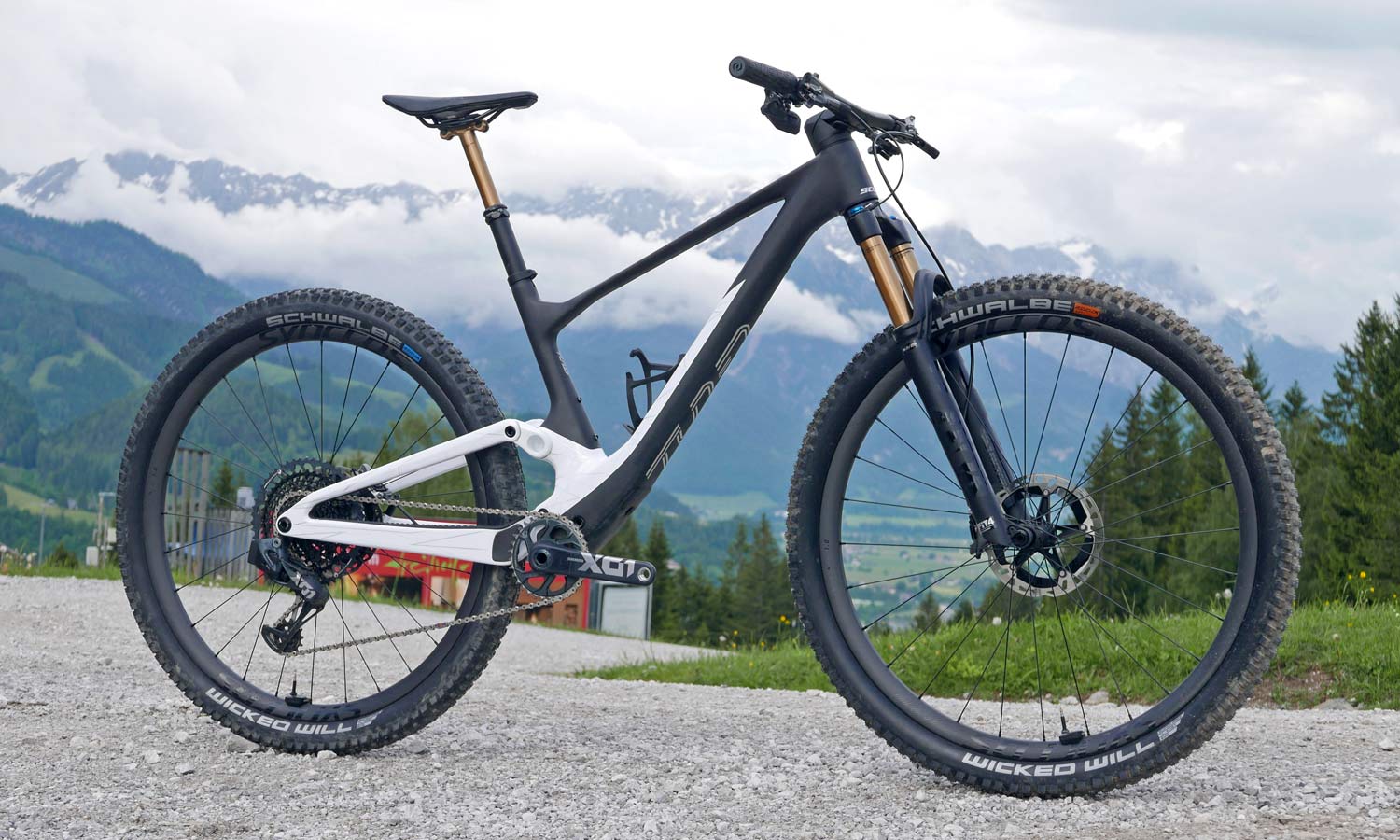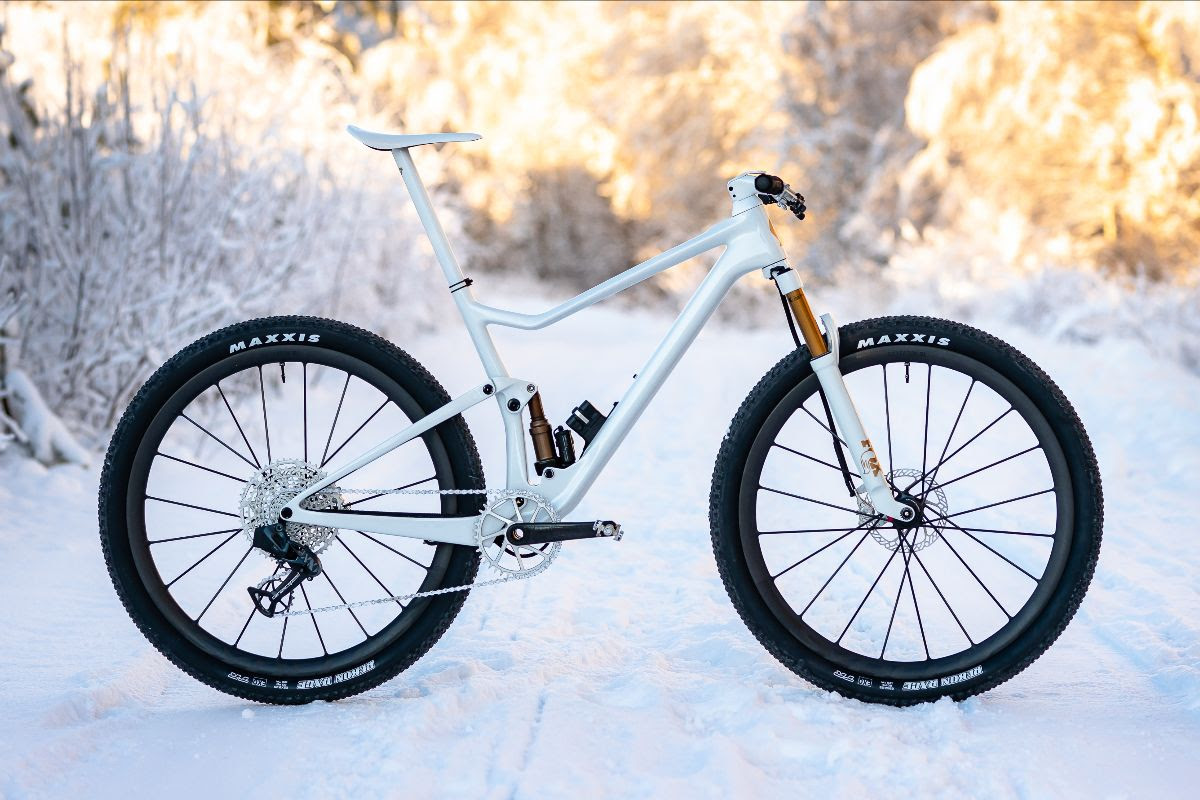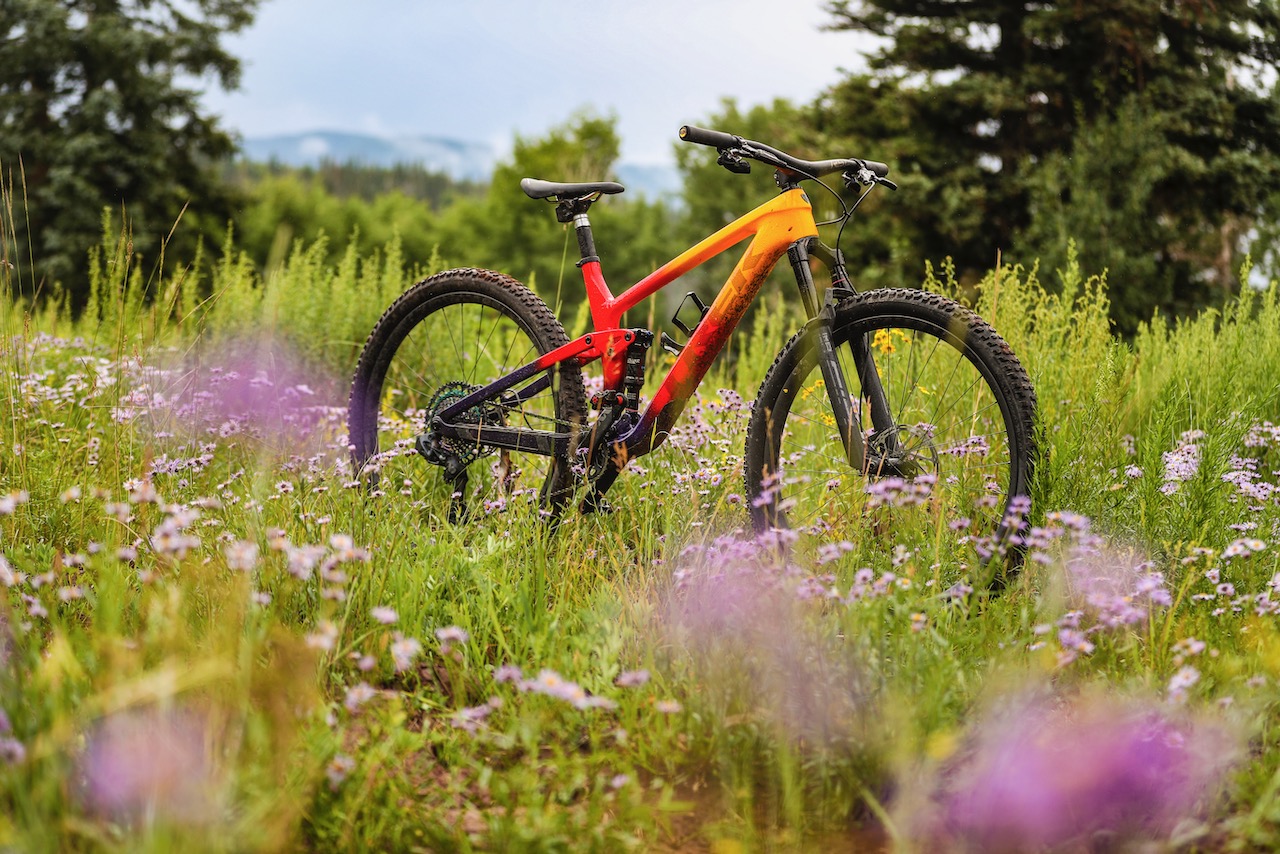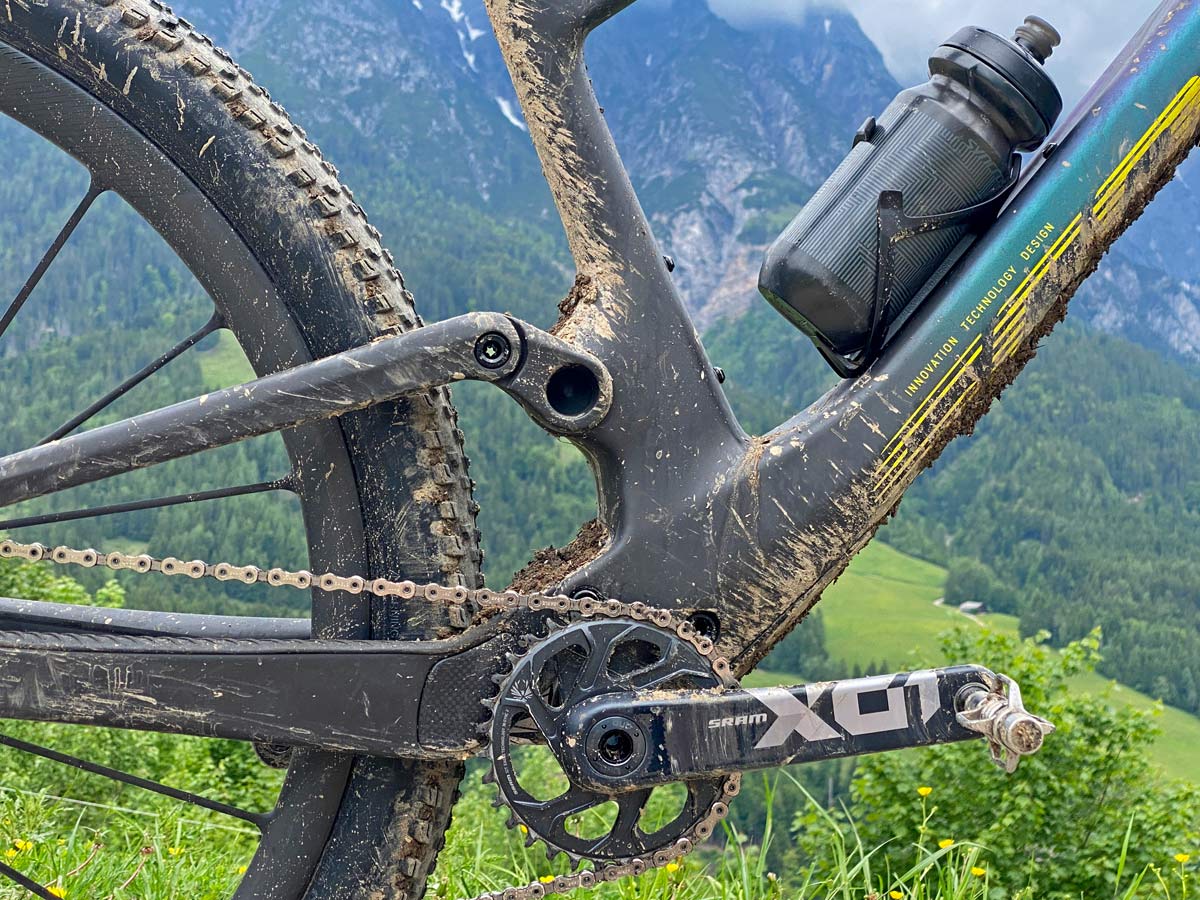We know, there’s no such thing as a stupid question. But there are some questions you might not want to ask your local shop or riding buddies. AASQ is our weekly series where we get to the bottom of your questions – serious or otherwise. Hit the link at the bottom of the post to submit your own question.
We’re keeping it short and sweet this week, joined by Rene Krattinger, MTB Product Manager at Scott Sports to discuss why more and more of the big frame manufacturers are moving their Boost (148mm x 12mm) spacing mountain bikes from the standard 52mm chainline to a 55mm chainline.

So, what’s up with 55mm chainlines on 148mm bikes? The industry settled on 52mm a few years back. Now Shimano says 55mm is the way to go and Trek’s all-in with the revamped Top Fuel (55mm chainline not just with Shimano cranks, but also SRAM and E13). I just can’t believe 55mm in the lowest gears can be good for a chain.
Rene Krattinger, Scott: 55mm chainlines present no problem at all for the chain, cassette, and chainrings. This change has been tested on the world cup circuit for almost two years now. With leading groupset manufacturers stating that the increase in width is the way forward, we are confident that their products are being designed to work perfectly in this scenario.

From a frame engineering point of view, even tiny increases in clearance in this critical area can substantially help with frame strength, stiffness, and/or tire clearance. We are always fighting for space in the area around the widest point of the tire and the chainring. To move to 55mm, therefore, presents a good opportunity for us to progress the performance of our frames.
How does chainline affect Q-Factor, and is this something frame manufacturers consider?
Rene Krattinger, Scott: Q-factor has increased a couple of mm, but in the near future new crank development aims to adjust the Q-factor for these changes in chainline width, therefore moving back to the narrower measurements. With these changes coming through, a 55mm chainline will therefore establish itself as the standard in the future with any potential downsides having been corrected for.

Editor’s Note:
We also sent the reader’s question out to Travis Ott, the Marketing Manager at Trek Bikes. He said “it’s really a convention dictated by the drivetrain manufacturers. Anytime the drivetrain manufacturers can give us a couple more mm in that critical area for tire clearance and pivot junctions and bolstering chainstays, we’ll take it every time.”.

Got a question of your own? Click here to use the Ask A Stupid Question form to submit questions on any cycling-related topic of your choice, and we’ll get the experts to answer them for you!


